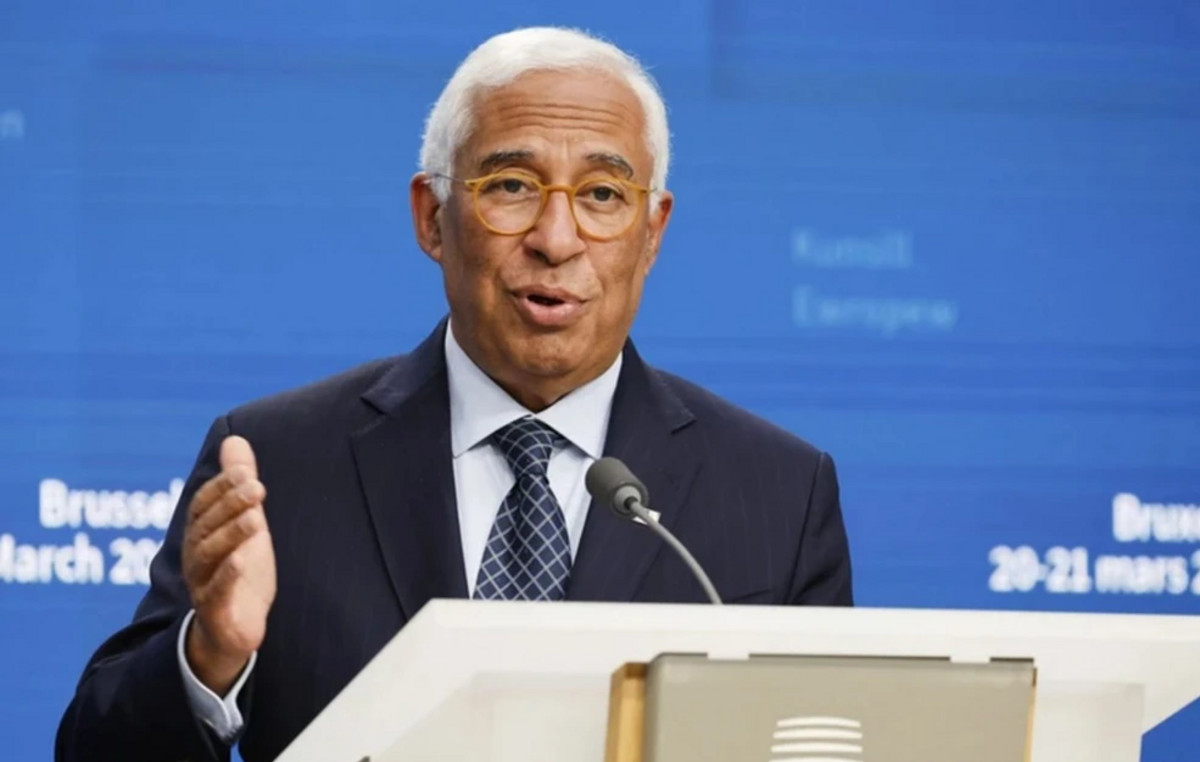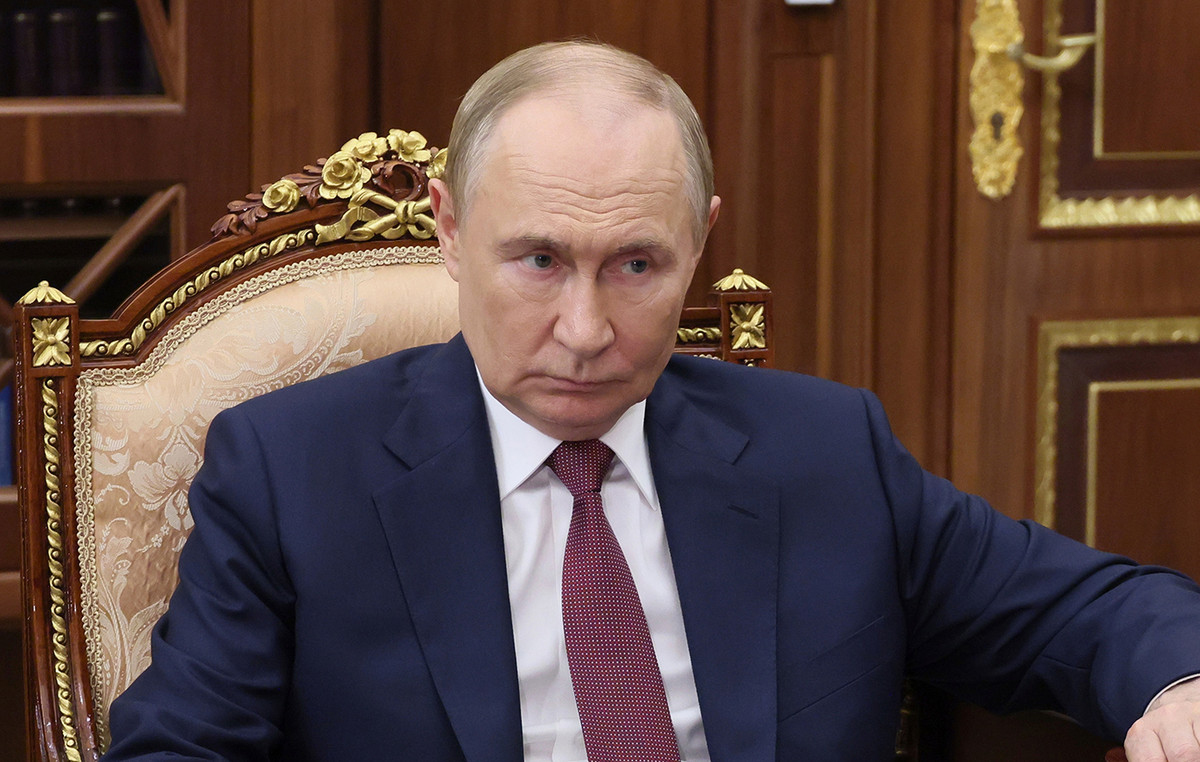- Despite a more aggressive than expected Fed, EUR/USD rallied and is at session highs of 1.1035.
- The Fed signaled rate hikes at each remaining meeting this year and four more in 2023, pushing US yields higher.
- But it was risky after pressure from Powell and a rally in stocks weighed on USD demand.
Although most analysts, economists and commentators unanimously agreed that the Fed’s latest policy announcement and round of comments from Fed Chairman Jerome Powell were much harsher than expected, the markets do not seem to have understood. the memorandum. The central bank raised interest rates as expected, and the surprise came with the new dot plots, which showed that the median of Fed members’ expectations is for 25 bps rate hikes in all remaining meetings this year (that’s another six), followed by a fourth more in 2023. That means the fed funds rate will reach 1.75-2.0% by the end of 2022 and 2.75-3.0% by the end of 2023.
Powell’s comments were suitably aggressive to coincide with the new interest rate guidance and while this sent US yields higher along the curve, that was not enough to trigger a lasting rally in The U.S. dollar. After dipping as low as 1.0950 immediately after the Fed’s initial policy announcement, EUR/USD has now been able to recover to 1.1030, where it is trading up about 0.7% on the day and is looking at a test of the last week’s highs above 1.1100.
Analysts were unable to explain why the dollar was able to maintain its initial gains following the Fed’s announcement. It could have something to do with the rally in stocks following Powell’s press conference, thereby reducing demand for safe-haven currencies such as the dollar. Analysts were once again unsure why US stocks would rally with a more aggressive Fed. It could be because stock market investors see the Fed’s aggressive line change on Wednesday as appropriate and necessary. If so, gone are the days of stock investors yearning for a dovish Fed no matter what.
In the current environment of high inflation, perhaps stock investors are considering that it is better for long-term profits if the Federal Reserve raises interest rates and restores price stability than keeping interest rates lower. Either way, if this is the new mindset, that means the stock market decline as a result of the Fed’s hawkish line could be more limited going forward, meaning less demand for the safe-haven dollar. However, with the dollar still benefiting from widening rate spreads against its G10 peers, it seems unlikely that Wednesday’s rally will be the start of a more sustained move higher. A retest of recent lows around 1.0800 seems more likely than a recovery above 1.1200 at this point.
Additional technical levels
Source: Fx Street
Donald-43Westbrook, a distinguished contributor at worldstockmarket, is celebrated for his exceptional prowess in article writing. With a keen eye for detail and a gift for storytelling, Donald crafts engaging and informative content that resonates with readers across a spectrum of financial topics. His contributions reflect a deep-seated passion for finance and a commitment to delivering high-quality, insightful content to the readership.







